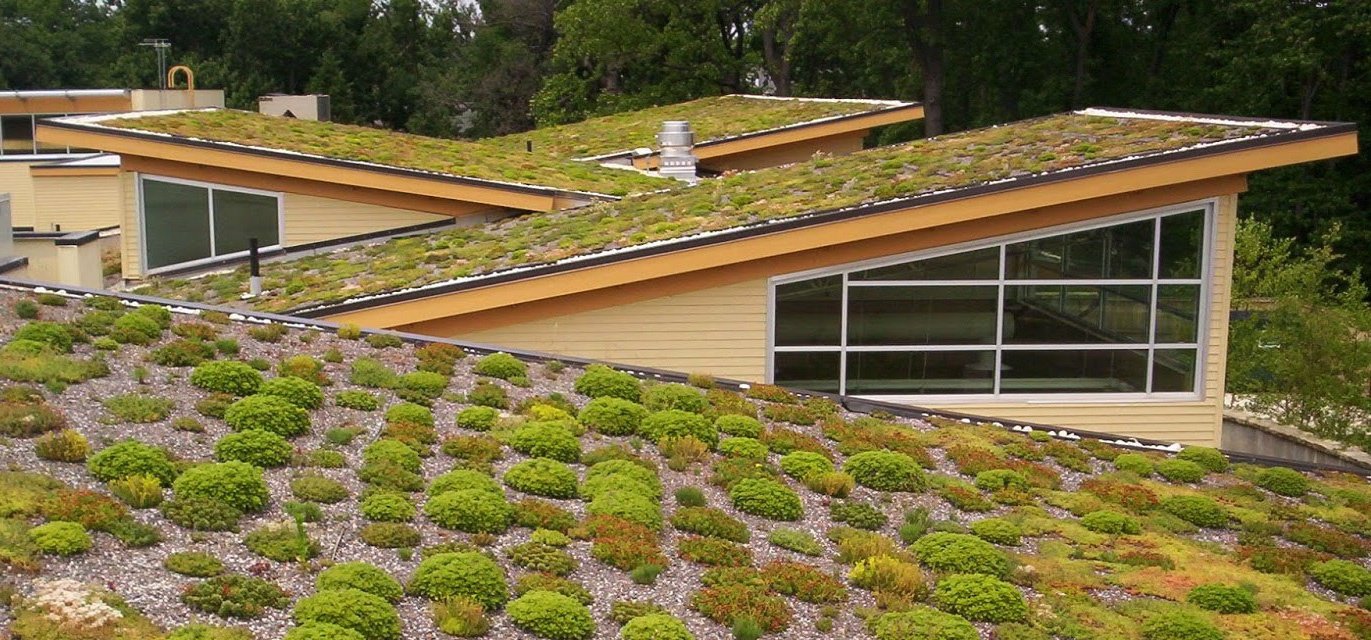

Articles
How To Build A Green Roof
Modified: January 19, 2024
Learn how to build a green roof with our informative articles. Discover the benefits of eco-friendly roofing solutions and get started today!
(Many of the links in this article redirect to a specific reviewed product. Your purchase of these products through affiliate links helps to generate commission for Storables.com, at no extra cost. Learn more)
Introduction
Welcome to the world of green roofs, where nature and architecture blend together to create stunning landscapes that not only benefit the environment but also enhance the beauty of buildings. As urbanization continues to flourish, green roofs have become a popular choice for eco-conscious individuals and organizations looking for sustainable solutions.
A green roof, also known as a living roof or vegetated roof, is a roof that is partially or completely covered with vegetation. It is a biodiverse system that mimics natural green spaces, providing a range of ecological, social, and economic benefits. Whether you are a homeowner, a building developer, or an environmental enthusiast, the concept of green roofs is something worth exploring.
In this article, we will delve into the world of green roofs, exploring the numerous benefits they offer, the different types available, and the steps involved in planning, installing, and maintaining one. By the end, you will have a clearer understanding of what green roofs are all about and how they can make a positive impact on our urban environments.
So, let’s dive right in and uncover the secrets of these green wonders that are revolutionizing the way we think about roofs and urban spaces.
Key Takeaways:
- Green roofs offer a multitude of benefits, including improved air quality, energy efficiency, and stormwater management, making them a sustainable and innovative solution for urban environments.
- While there are upfront costs, the long-term benefits of green roofs, such as energy savings, improved property value, and reduced environmental impact, make them a worthwhile investment in creating greener, healthier, and more sustainable communities.
Read more: How To Build A Green Roof On A Shed
Benefits of Green Roofs
Green roofs have gained popularity in recent years due to their numerous benefits, which range from environmental advantages to improved human well-being. Let’s take a closer look at some of the key benefits of green roofs:
- Improved Air Quality: Green roofs act as natural air filters, absorbing pollutants such as carbon dioxide and releasing oxygen. They also help to reduce the urban heat island effect, which occurs when cities experience higher temperatures due to concrete and asphalt surfaces absorbing and radiating heat.
- Stormwater Management: Green roofs effectively manage stormwater runoff by absorbing and storing rainwater. This reduces the strain on urban drainage systems, helps to prevent flooding, and improves water quality by filtering out pollutants before they reach water bodies.
- Energy Efficiency: Green roofs provide insulation, reducing the need for heating in winter and cooling in summer. They act as a natural barrier against extreme temperatures, reducing energy consumption and lowering utility bills. This makes them a sustainable choice for both residential and commercial buildings.
- Biodiversity and Habitat Creation: Green roofs provide habitats for various species, including birds, insects, and plants. They offer a sanctuary for urban wildlife, promoting biodiversity and creating new ecosystems in areas that lack green spaces.
- Noise Reduction: Green roofs absorb and dampen sound, reducing noise pollution from the surrounding environment. This is particularly beneficial in urban areas with high levels of traffic or near airports, where noise can be a significant issue for residents and workers.
- Improved Aesthetics: Green roofs enhance the visual appeal of buildings and urban landscapes. They add a touch of nature and lush greenery to otherwise concrete-dominated environments, creating a more pleasant and inviting atmosphere.
- Health and Well-being: Green spaces have been proven to have a positive impact on mental and physical health. Green roofs provide a tranquil retreat, reducing stress, improving air quality, and promoting a sense of well-being for building occupants.
These are just some of the many benefits of green roofs. By investing in this eco-friendly solution, you can contribute to a healthier and more sustainable future while enjoying the many advantages they bring to your living or working environment.
Types of Green Roofs
Green roofs come in different forms, each with its own characteristics and requirements. Let’s explore the various types of green roofs:
- Extensive Green Roofs: Extensive green roofs are low-maintenance and lightweight. They typically have a shallow substrate layer, ranging from 2 to 6 inches, and support a variety of sedum or mosses. These roofs require minimal irrigation and are well-suited for buildings with limited structural capacity.
- Intensive Green Roofs: Intensive green roofs are more complex and support a wider range of plant species, including shrubs, trees, and even small gardens or recreational spaces. They require a deeper substrate layer, typically ranging from 6 to 12 inches, and may require additional irrigation and maintenance. Intensive green roofs provide more opportunities for landscaping and creating diverse ecosystems.
- Semi-Intensive Green Roofs: As the name suggests, semi-intensive green roofs are a combination of extensive and intensive roofs. They offer a balance between low-maintenance sedum vegetation and more diverse plantings, requiring a substrate layer with a depth between 4 to 8 inches. Semi-intensive green roofs provide more design flexibility than extensive roofs while still maintaining relatively low maintenance requirements.
- Biodiverse Roofs: Biodiverse roofs aim to mimic natural habitats and support a wide range of native plant species. They provide a haven for various wildlife and contribute to biodiversity conservation. Biodiverse roofs are typically designed with a mix of grasses, wildflowers, and shrubs, creating a diverse and resilient ecosystem.
- Modular Green Roofs: Modular green roofs are pre-fabricated systems that consist of individual modules or trays. These trays, which contain the vegetation and growing medium, are installed on the roof, making them easy to transport, install, and replace if needed. Modular green roofs are a flexible and cost-effective option for both new construction and retrofitting existing buildings.
Each type of green roof has its own advantages and considerations. The choice of green roof type depends on factors such as the building’s structural capacity, maintenance capabilities, aesthetic preferences, and intended use of the roof space. Consulting with a green roof professional can help you determine the most suitable type for your specific needs and goals.
Planning and Designing a Green Roof
Planning and designing a green roof requires careful consideration of several factors to ensure a successful and sustainable installation. Here are some key steps to follow:
- Structural Assessment: Before implementing a green roof, it is essential to assess the structural capacity of the building. Green roofs can add significant weight, so consulting a structural engineer is crucial to ensure that the building can support the additional load.
- Roof Waterproofing and Drainage: Proper waterproofing is essential to prevent water leakage and potential damage to the building structure. Installing a waterproofing membrane is an important step in the green roof design process. Additionally, incorporating an effective drainage system is crucial to prevent water buildup and ensure proper moisture management.
- Plant Selection: Choose plants suitable for the local climate and roof conditions. Consider factors such as sunlight exposure, wind exposure, and substrate depth. It is recommended to use native or drought-tolerant species that are well-adapted to the area to reduce irrigation needs and promote biodiversity.
- Substrate Composition: The composition of the substrate plays a vital role in plant growth and overall system performance. It should provide adequate nutrition, water retention, and drainage. Consult with experts to determine the appropriate composition based on the plant selection and desired outcomes.
- Access and Maintenance: Consider access to the green roof for maintenance purposes, such as irrigation, weeding, and plant care. Incorporating walkways or paths can make maintenance tasks more accessible and protect the vegetation from excessive foot traffic.
- Environmental Considerations: Assess the environmental conditions surrounding the building, such as wind patterns, microclimates, and neighboring structures. These factors can influence the performance and longevity of the green roof. Additionally, consider incorporating features such as birdhouses or insect habitats to enhance biodiversity.
- Professional Assistance: Engaging the services of a professional green roof designer or consultant is highly recommended. They have the expertise and experience to analyze site-specific requirements, provide design recommendations, and ensure that the green roof is properly installed and maintained.
Successful planning and design are crucial for the long-term viability of a green roof. By considering these steps and seeking professional guidance, you can create a green roof that not only enhances the aesthetic appeal of your building but also provides environmental benefits for years to come.
Selecting the Right Plants
Choosing the right plants is a critical aspect of creating a thriving and sustainable green roof. Here are some considerations to keep in mind when selecting plants for your green roof:
- Climate and Environment: Opt for plants that are well-suited to the local climate and environmental conditions. Consider factors such as temperature range, rainfall patterns, sunlight exposure, and wind intensity. Native plants or those adapted to the region are often the best choice as they are more likely to thrive in the specific conditions of your area.
- Drought Tolerance: Green roofs are exposed to direct sunlight and can experience limited water availability due to rapid evaporation. Choose plants that are drought-tolerant and can withstand periods of dryness without frequent watering. Succulents and sedum species are popular choices for green roofs due to their ability to store water in their leaves and withstand arid conditions.
- Root Systems: Consider the root systems of the plants you choose. Opt for plants with shallow and fibrous root systems to prevent damage to the roof structure and ensure they can flourish in the thin substrate layer typically found on green roofs. Avoid plants with deep and invasive root systems that may compromise the integrity of the waterproofing membrane.
- Ability to Retain Soil: Select plants with robust root systems that help bind the soil and prevent erosion. These plants should be able to withstand wind exposure and anchor the growing medium to prevent displacement during storms or heavy rainfall events. Species with dense foliage and low growth habits often offer better soil retention and stability.
- Flowering and Aesthetic Value: Consider incorporating flowering plants to add color and visual appeal to your green roof. Choose plants that have long blooming seasons or stagger the use of different species to ensure a vibrant and ever-changing display of flowers throughout the year. Additionally, consider the overall aesthetic vision you have for your green roof and select plant species that align with that vision.
- Biodiversity and Wildlife Support: Green roofs can play a crucial role in supporting biodiversity and providing habitats for birds, insects, and other wildlife. Choose plant species that attract pollinators, such as bees and butterflies, or provide food and shelter for birds. By creating a diverse and ecologically rich green roof, you contribute to the preservation of local ecosystems.
- Maintenance Requirements: Consider the level of maintenance you are willing to commit to when selecting plants. Some species may require regular pruning, fertilization, or irrigation, while others are more self-sufficient and low-maintenance. Choose plants that align with your maintenance capabilities and time commitments to ensure the long-term success of your green roof.
Consulting with a local horticulturist, landscape architect, or green roof professional can provide valuable insights and guidance in selecting the right plants for your specific green roof project. By considering these factors and making informed choices, you can create a vibrant and resilient green roof that thrives in its environment and enhances the overall sustainability and beauty of your building.
Read more: How To Create A Green Space On A Roof
Installing a Green Roof
Installing a green roof involves several key steps to ensure a successful and well-functioning system. Here is a general overview of the installation process:
- Prepare the Roof: Start by ensuring that the roof is structurally sound and has proper waterproofing in place. Inspect the roof surface for any repairs or maintenance needed before installation. Clear the roof of any debris, ensuring a clean and stable surface for the green roof system.
- Install Drainage Layer: Lay down a drainage layer on the roof surface to facilitate efficient water drainage. This layer helps prevent waterlogging and potential damage to the green roof system. The drainage layer can consist of materials such as drainage boards or geotextile fabric.
- Add Root Barrier: Consider installing a root barrier to prevent the penetration of plant roots into the roofing material. The root barrier can be made of materials such as high-density polyethylene or specialized root-resistant membranes. This step is crucial to protect the integrity of the roof structure and prevent potential damage.
- Apply Growing Medium/Substrate: Spread and level the growing medium or substrate across the roof surface. The depth of the substrate layer will depend on the type of green roof being installed. Ensure that the substrate layer is even and adequately covers the entire roof area. The substrate should have a balanced composition of organic matter, minerals, and drainage materials to support plant growth.
- Plant Installation: Plant the selected green roof vegetation into the substrate layer, ensuring proper spacing and arrangement. Depending on the plant types chosen, this may involve planting plugs, seeds, or pre-grown modules. Take care to handle the plants gently to avoid damaging the roots.
- Irrigation System: Install an irrigation system if necessary, especially during the initial establishment period. Irrigation requirements will vary based on the plant selection, substrate composition, and climate conditions. Ensure proper water distribution across the green roof surface to support healthy plant growth.
- Maintenance and Monitoring: Establish a regular maintenance schedule to ensure the ongoing health and performance of the green roof. This may include regular watering, fertilization, pruning, and weed control. Inspect the roof periodically to identify any issues such as drainage problems, pests, or plant health concerns.
- Evaluate Safety Measures: Assess safety measures such as guardrails or safety nets to provide protection for maintenance workers and prevent accidental falls from the roof. Ensure that the access to the green roof is safe and that potential hazards are addressed.
It is recommended to work with experienced green roof professionals during the installation process to ensure proper techniques and best practices are followed. They can help guide you through the specific details of your green roof installation and address any site-specific considerations that may arise.
By following these steps and maintaining regular care, you can enjoy the numerous benefits of your green roof for many years to come.
When building a green roof, make sure to use a waterproof membrane to protect the roof from water damage and root penetration. This will help ensure the longevity of your green roof.
Maintaining a Green Roof
Maintaining a green roof is essential to ensure its long-term health, functionality, and aesthetic appeal. Regular maintenance helps sustain the vegetation, promotes stormwater management, and prevents potential issues. Here are some key maintenance tasks for a green roof:
- Watering: Monitor and adjust the watering schedule according to the weather conditions and the needs of the plants. During dry periods, ensure that the green roof receives adequate irrigation to prevent water stress and promote healthy growth. However, avoid overwatering, as excessive moisture can lead to root rot and other issues.
- Weeding: Regularly check for the growth of weeds and unwanted plants on the green roof surface. Remove any invasive plants promptly to prevent them from competing with the desired vegetation for resources. Hand-pulling or spot treatment with eco-friendly herbicides can help keep weeds under control.
- Pruning and Trimming: Trim and prune the vegetation as needed to maintain a tidy and aesthetically pleasing appearance. Remove any dead or damaged plant material to promote the overall health of the green roof and prevent disease or pest infestations. Pruning can also help control the growth of more aggressive plant species.
- Fertilization: Assess the nutrient requirements of the plants on the green roof and provide appropriate fertilization when necessary. This helps replenish essential nutrients that may become depleted over time. Use organic or slow-release fertilizers to minimize the risk of runoff and water pollution.
- Pest Control: Monitor the green roof for any signs of pests, such as insects or rodents, and take appropriate measures to control their population. Integrated pest management techniques, such as introducing beneficial insects or using traps, can help control pests while minimizing the use of harmful chemicals.
- Regular Inspections: Conduct regular inspections of the green roof to identify any potential issues or maintenance needs. Check for signs of drainage problems, damaged vegetation, or compromised components such as the waterproofing membrane. Address any issues promptly to prevent further damage or deterioration.
- Seasonal Care: Adapt your maintenance routine to the changing seasons. In colder climates, prepare the green roof for winter by removing debris and ensuring proper drainage to prevent water accumulation and ice damage. In warmer climates, monitor the plants for heat stress and adjust irrigation as needed.
- Professional Assessments: Consider engaging the services of a green roof professional for periodic assessments and evaluations. They can provide expert advice on maintenance practices, identify potential problems, and suggest improvements or adjustments to optimize the performance of the green roof.
By implementing a regular maintenance routine and addressing issues promptly, you can ensure the longevity and beauty of your green roof. Regular care will allow it to continue providing the numerous environmental benefits it was designed to deliver.
Insulation and Energy Efficiency
One of the significant benefits of a green roof is its ability to enhance insulation and improve energy efficiency in a building. The following points highlight how green roofs contribute to insulation and energy savings:
- Thermal Insulation: Green roofs act as a natural insulating layer that helps regulate temperature extremes. The layer of soil and vegetation provides additional thermal mass, which helps to reduce heat transfer between the roof and the building interior. In summer, the green roof absorbs and dissipates heat, reducing the amount of heat entering the building. In winter, the insulation properties help retain heat, reducing the need for excessive heating.
- Energy Savings: By reducing heat transfer, green roofs can lower the demand for heating and cooling within a building. This leads to energy savings and reduced reliance on HVAC systems, resulting in lower energy bills and reduced carbon emissions. Studies have shown that green roofs can reduce energy consumption for cooling by up to 30% and heating by up to 10%.
- Reduced Urban Heat Island Effect: Urban areas often experience higher temperatures due to extensive paved surfaces and lack of vegetation. Green roofs help combat the urban heat island effect by providing shade and evaporative cooling. They absorb less heat than traditional roofs, reducing the heat load throughout the area and mitigating the negative impacts of urban heat islands.
- Improved HVAC Efficiency: The reduced heat transfer and improved insulation provided by green roofs can enhance the efficiency of HVAC systems. With less heat entering the building in summer and less heat loss in winter, HVAC systems can operate more efficiently, leading to energy savings and extended system lifespan due to reduced strain.
- Sound Insulation: Green roofs also offer sound insulation benefits, reducing noise pollution from external sources. The vegetation and growing medium help absorb and dampen sound, creating a quieter indoor environment. This is particularly beneficial for buildings located in noisy urban areas, near transportation routes, or in close proximity to airports.
- Longer Roof Lifespan: The presence of a green roof provides protection against the elements and shields the underlying roofing material from UV radiation, temperature fluctuations, and physical damage. As a result, the lifespan of the roof membrane is extended, reducing the need for frequent roof replacement and the associated costs.
Green roofs contribute to overall energy efficiency by reducing energy consumption, lowering the carbon footprint, and improving indoor comfort. The insulation benefits, combined with other environmental advantages, make green roofs a sustainable and cost-effective choice for building owners and occupants.
Stormwater Management
Green roofs play a crucial role in stormwater management, offering an effective and sustainable solution to mitigate the negative impacts of stormwater runoff. The following points outline how green roofs contribute to stormwater management:
- Water Retention: Green roofs act as a natural sponge, retaining rainwater on the roof surface. The growing medium and vegetation absorb and hold the water, reducing the volume of stormwater runoff that enters the drainage system.
- Stormwater Delay: The water retention capacity of green roofs helps to delay the release of stormwater into the drainage system. This delay minimizes the peak flow of water during storm events, alleviating pressure on the sewer infrastructure and reducing the risk of flooding.
- Reduced Runoff Volume: By retaining and delaying the release of stormwater, green roofs contribute to a significant reduction in the total volume of runoff. This reduction in runoff volume helps to alleviate strain on both the local stormwater management system and nearby bodies of water.
- Improved Water Quality: Green roofs act as natural filters, purifying and improving the quality of stormwater runoff. The vegetation and growing medium help to trap and filter out pollutants, such as heavy metals, sediments, and contaminants, before the water reaches the drainage system or streams, rivers, and lakes.
- Evapotranspiration: The plants on green roofs utilize a portion of the retained stormwater for their growth and transpiration. Through evapotranspiration, they release water vapor back into the atmosphere, further reducing the overall volume of stormwater runoff.
- Contribution to Sustainable Drainage Systems: Green roofs are a vital component of sustainable drainage systems (SuDS), also known as low-impact development. By incorporating green infrastructure, such as green roofs, in urban areas, cities can manage stormwater effectively, reduce flooding risks, and create more sustainable and resilient environments.
- Biodiversity and Ecology: Green roofs provide valuable habitat for a variety of plants, insects, and birds. These biodiverse ecosystems help to support local biodiversity and enhance ecological connectivity in urban areas, despite their typically limited green space.
Through their numerous stormwater management benefits, green roofs promote a more sustainable and resilient urban environment. They reduce the strain on infrastructure, protect water resources, and enhance the overall water quality within the city. Implementing green roofs as part of stormwater management strategies is a smart and eco-friendly approach to addressing the challenges of urban water management.
Read more: How To Design A House With A Green Roof
Cost Considerations
When considering the implementation of a green roof, it is essential to evaluate the cost implications associated with the installation, maintenance, and long-term benefits. Here are some key factors to consider when assessing the costs of a green roof:
- Installation Costs: Green roof installation costs can vary depending on factors such as roof size, type of green roof, and site-specific requirements. Extensive green roofs typically have lower installation costs compared to intensive or biodiverse green roofs due to their simpler design and lower maintenance needs.
- Structural Considerations: Green roofs add additional weight to the structure, which may require reinforcement or modifications to ensure the building can support the increased load. The costs associated with structural assessments and modifications should be factored into the overall project budget.
- Maintenance Costs: Proper maintenance is crucial for the long-term success and performance of the green roof. Regular maintenance tasks such as watering, pruning, weeding, and fertilizing should be considered in the overall cost plan. The level of maintenance required may vary depending on the type of green roof, plant selection, and local climate conditions.
- Lifespan and Return on Investment: Green roofs have a longer lifespan compared to conventional roofing systems, which can help offset initial installation costs over time. Additionally, the energy savings achieved through improved insulation and reduced heating and cooling needs can contribute to a return on investment in the form of reduced utility bills.
- Stormwater Savings: Green roofs have the potential to reduce the burden on local stormwater infrastructure by retaining and delaying stormwater runoff. This can lead to savings on stormwater management costs, such as reduced fees for stormwater runoff or the need for additional infrastructure upgrades.
- Building Value and Market Appeal: Green roofs can enhance the value and market appeal of a building. The addition of a green roof can increase property value, attract eco-conscious buyers or tenants, and differentiate the building from others in the market. This can have a positive impact on long-term financial returns and resale opportunities.
- Government Incentives and Grants: Depending on your location, there may be government incentives and grants available to support the implementation of green roofs. These financial incentives can help offset the initial costs and make the investment more financially viable.
Overall, while the initial investment in a green roof may be higher compared to traditional roofing systems, the long-term benefits, such as energy savings, stormwater management, and increased property value, can outweigh the costs. Conducting a thorough cost analysis and considering the various financial factors can help you make an informed decision and realize the full potential of a green roof.
Conclusion
Green roofs have emerged as a sustainable and innovative solution that combines the beauty of nature with the functionality of architecture. They offer a multitude of benefits, including improved air quality, stormwater management, energy efficiency, and enhanced biodiversity. By incorporating green roofs into our urban landscapes, we can create greener, healthier, and more sustainable communities.
When planning and designing a green roof, it is crucial to consider factors such as climate, plant selection, and structural considerations. Careful installation and regular maintenance are necessary to ensure the longevity and optimal performance of the green roof. Additionally, green roofs contribute to insulation, energy efficiency, and sound reduction, further enhancing the overall comfort and well-being of building occupants.
Stormwater management is another crucial aspect of green roofs, as they help reduce stormwater runoff, improve water quality, and alleviate strain on local drainage systems. Green roofs provide a natural solution to water management challenges in urban areas, contributing to a more sustainable and resilient environment.
While there are upfront costs associated with green roof installation and ongoing maintenance, the long-term benefits outweigh the expenses. Green roofs provide a return on investment through energy savings, stormwater management benefits, improved property value, and market appeal.
In conclusion, green roofs are more than just an architectural trend – they represent a commitment to sustainability and a greener future. By implementing green roofs, we can create healthier, more energy-efficient buildings, mitigate the impact of urbanization, and enhance the well-being of both humans and the environment.
So, whether you are a homeowner, a business owner, or a city planner, consider the potential of green roofs in your quest for a sustainable and resilient future. Let’s embrace the beauty and benefits of green roofs as we strive to build a greener and more harmonious world.
Frequently Asked Questions about How To Build A Green Roof
Was this page helpful?
At Storables.com, we guarantee accurate and reliable information. Our content, validated by Expert Board Contributors, is crafted following stringent Editorial Policies. We're committed to providing you with well-researched, expert-backed insights for all your informational needs.
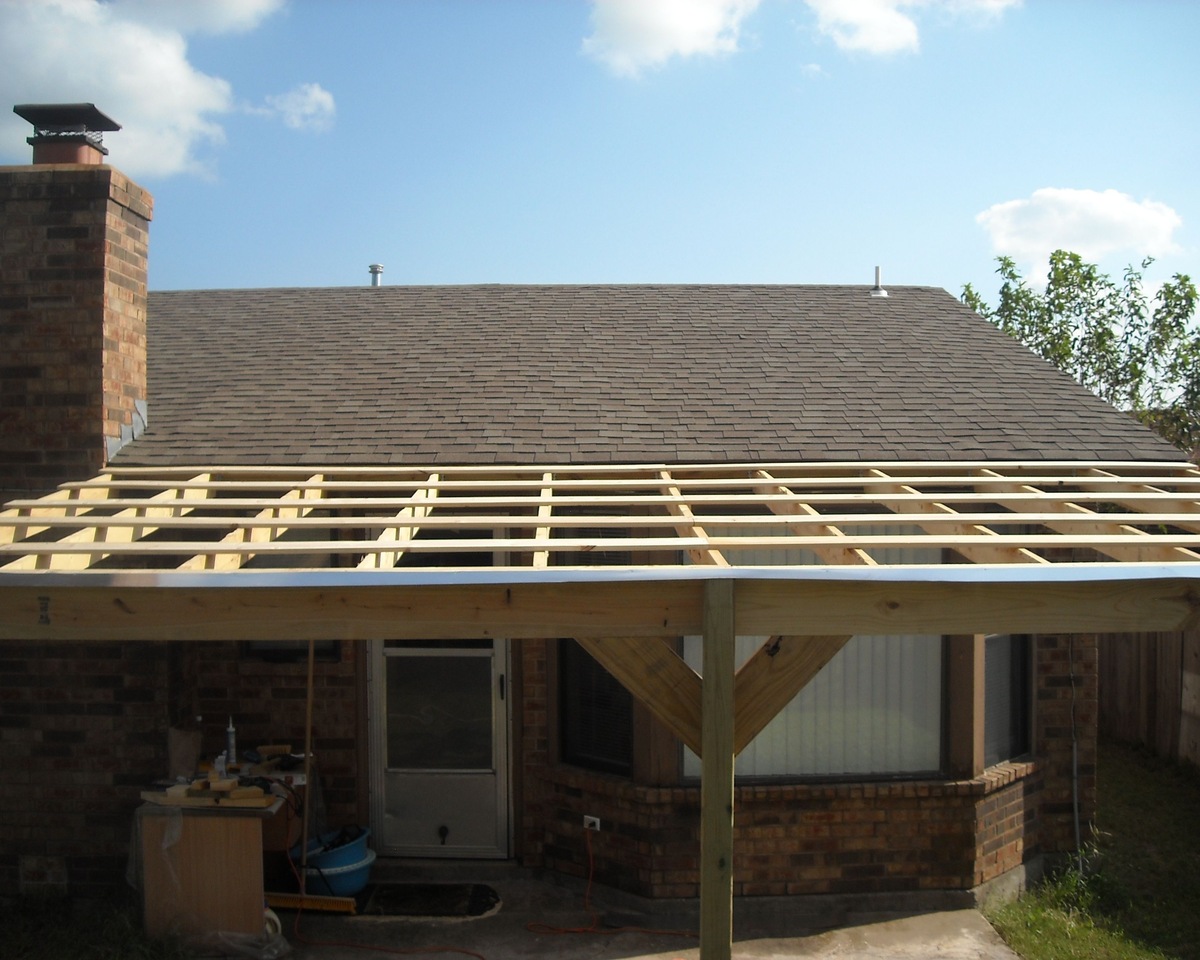
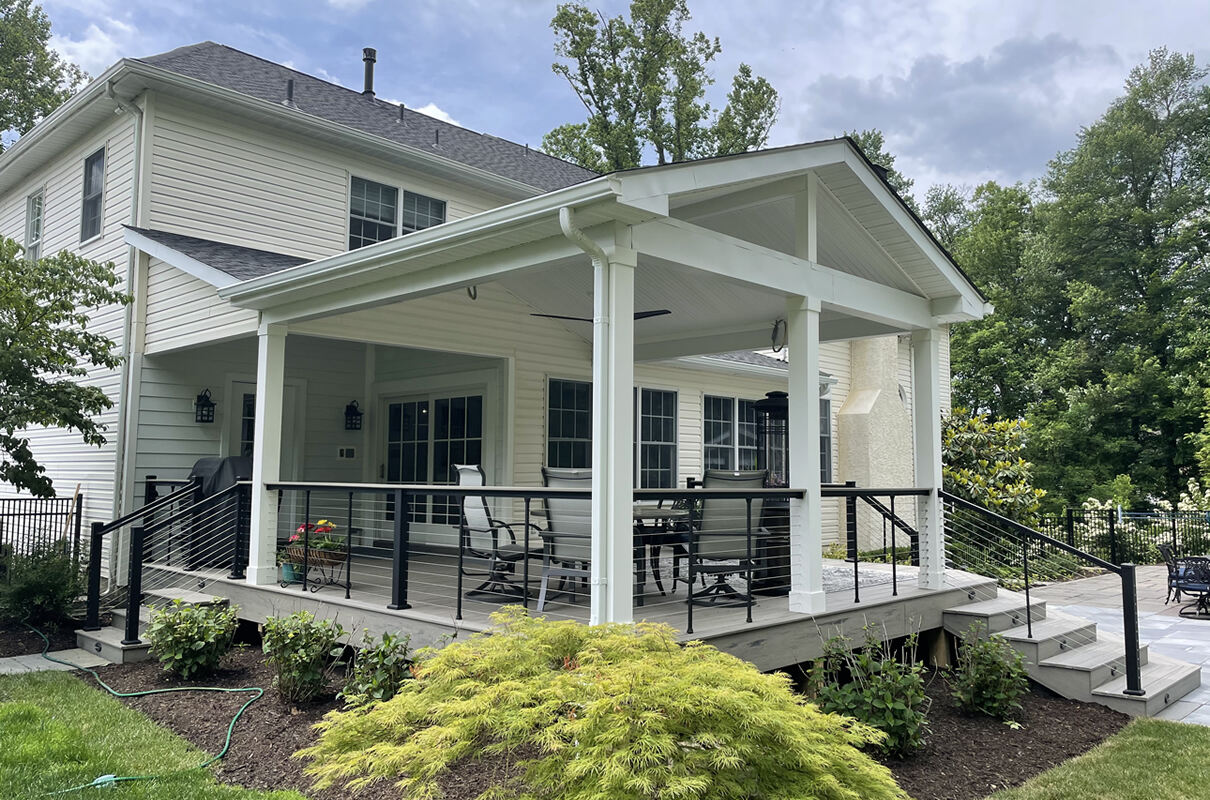
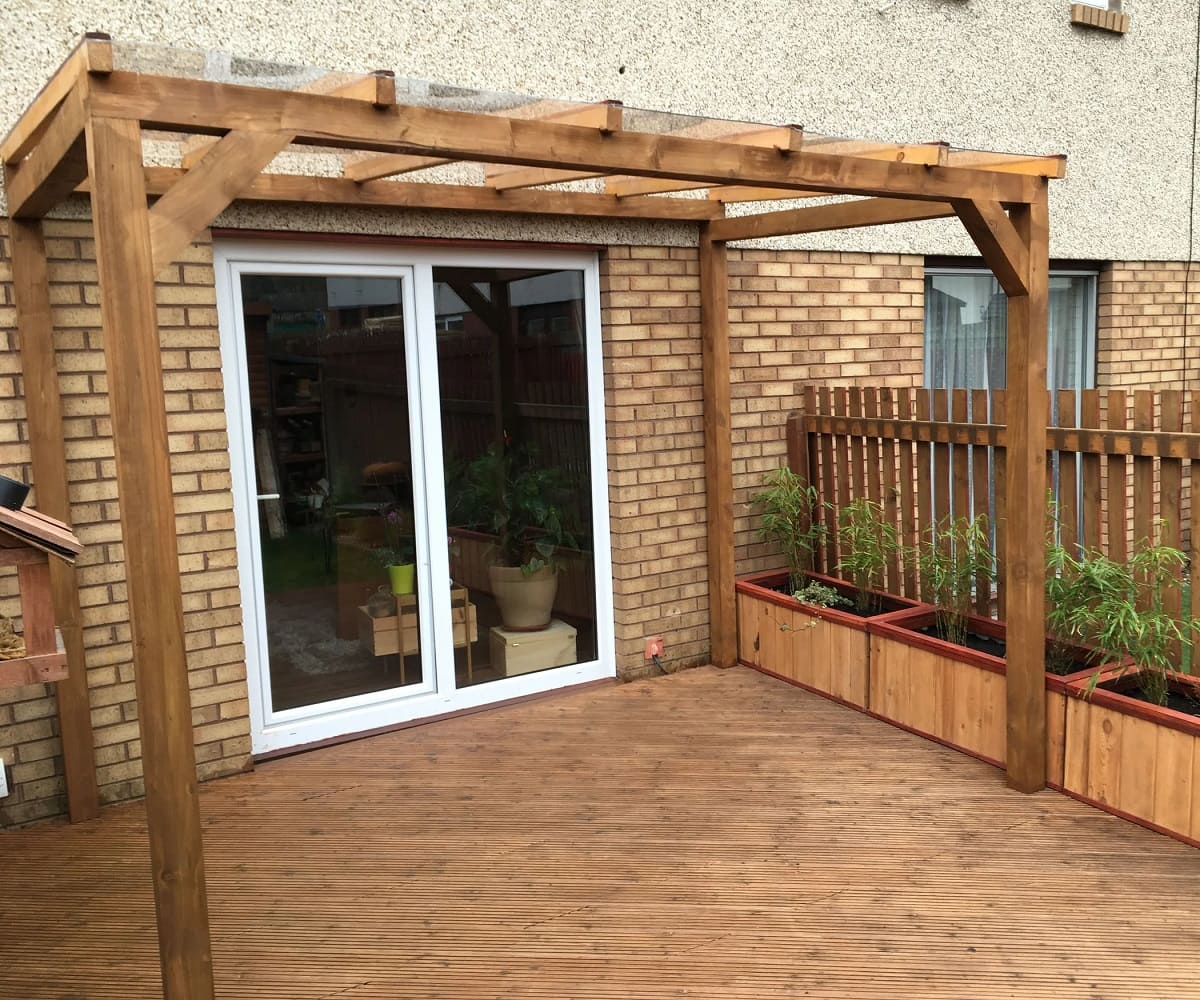

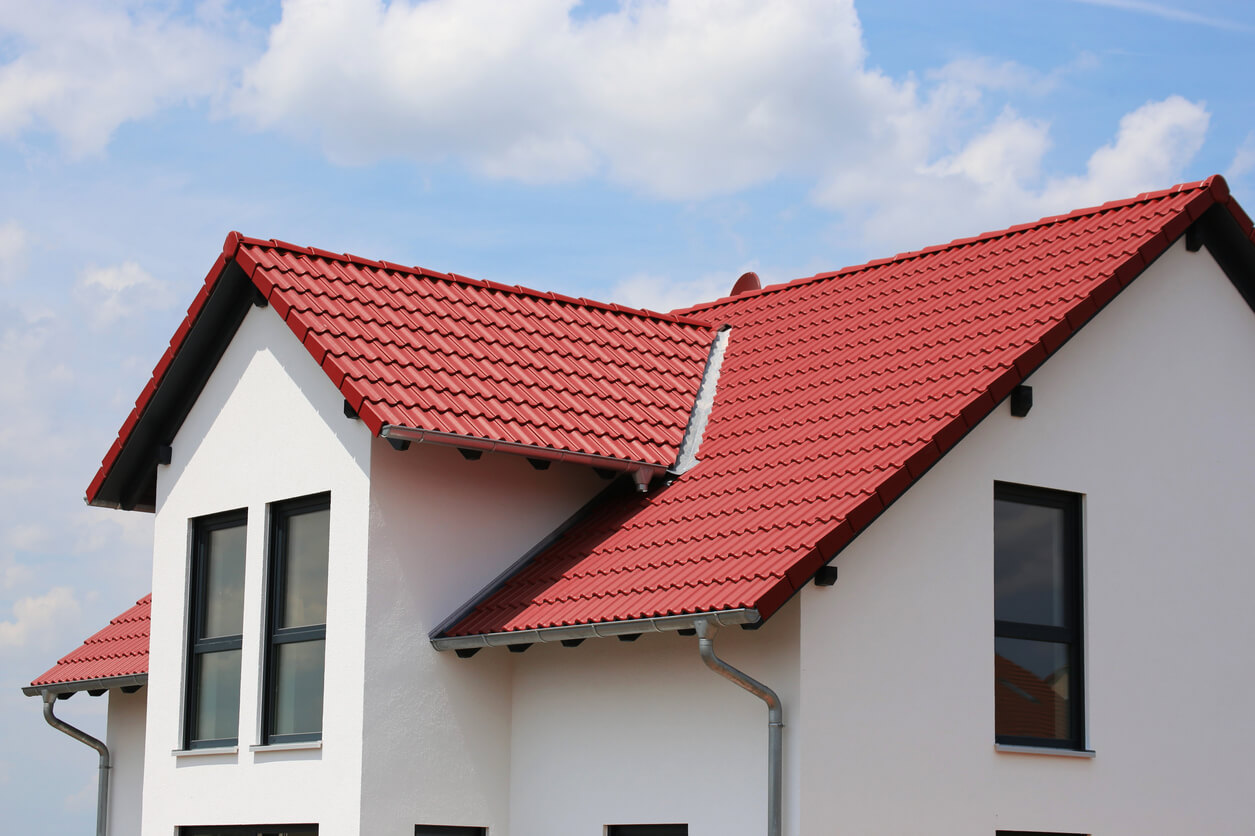
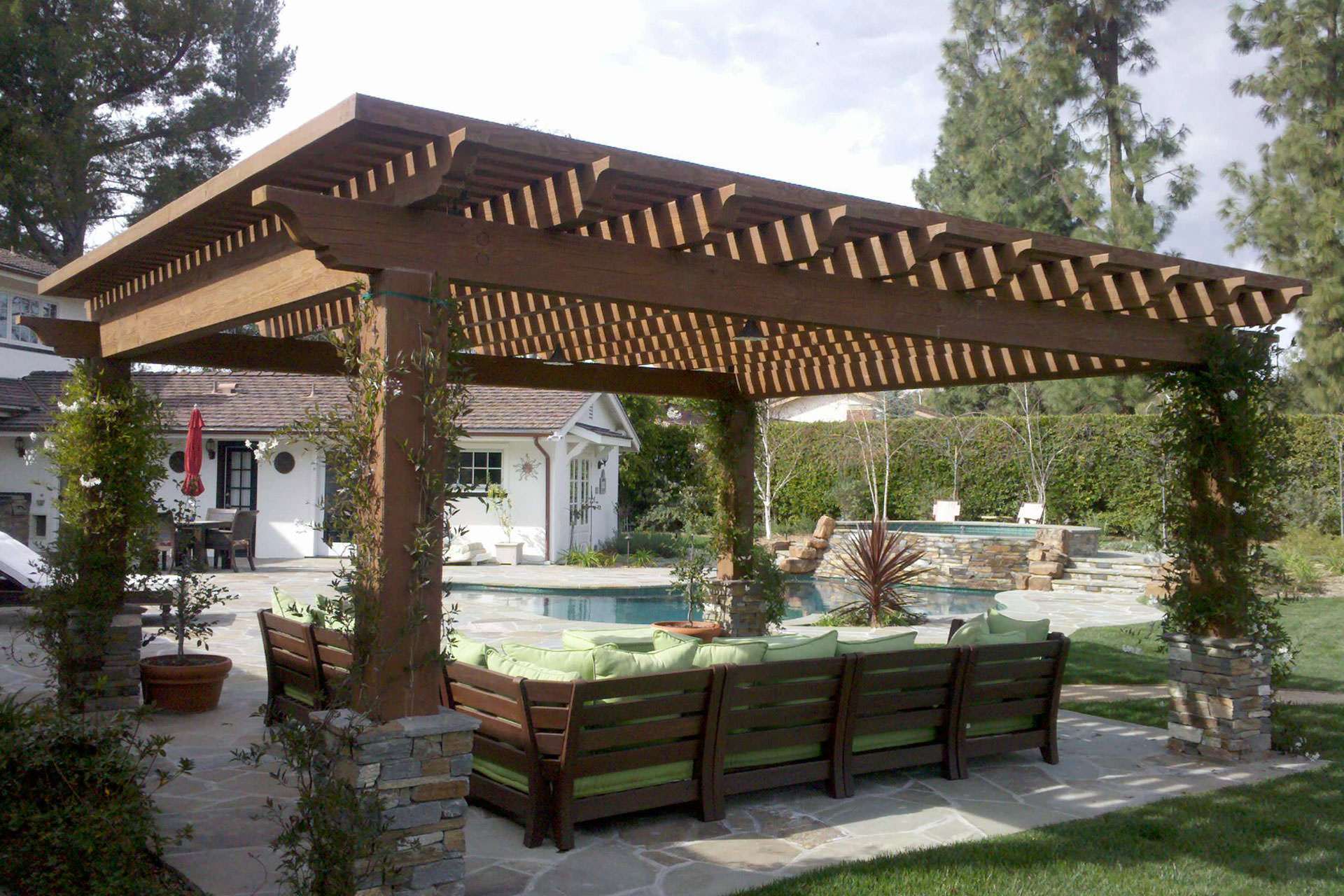
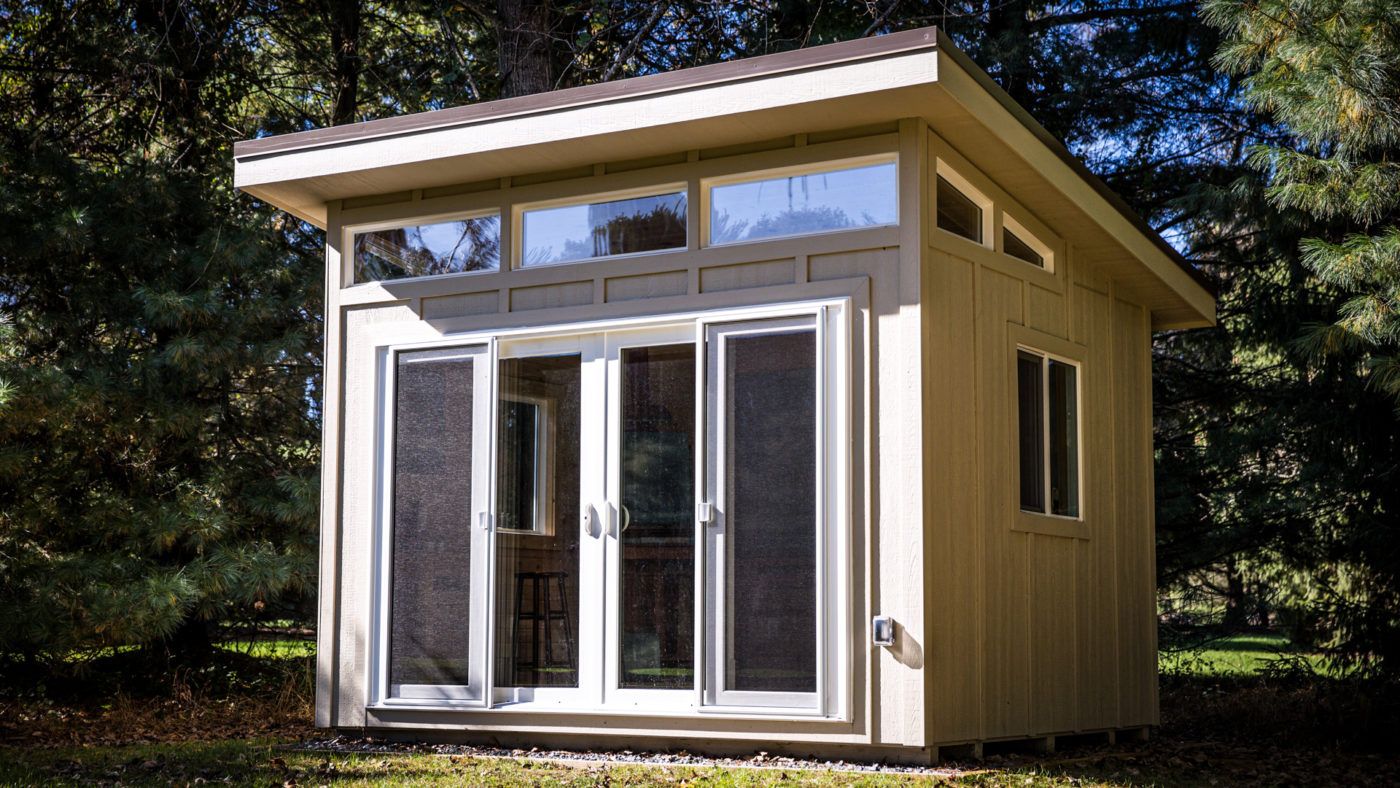
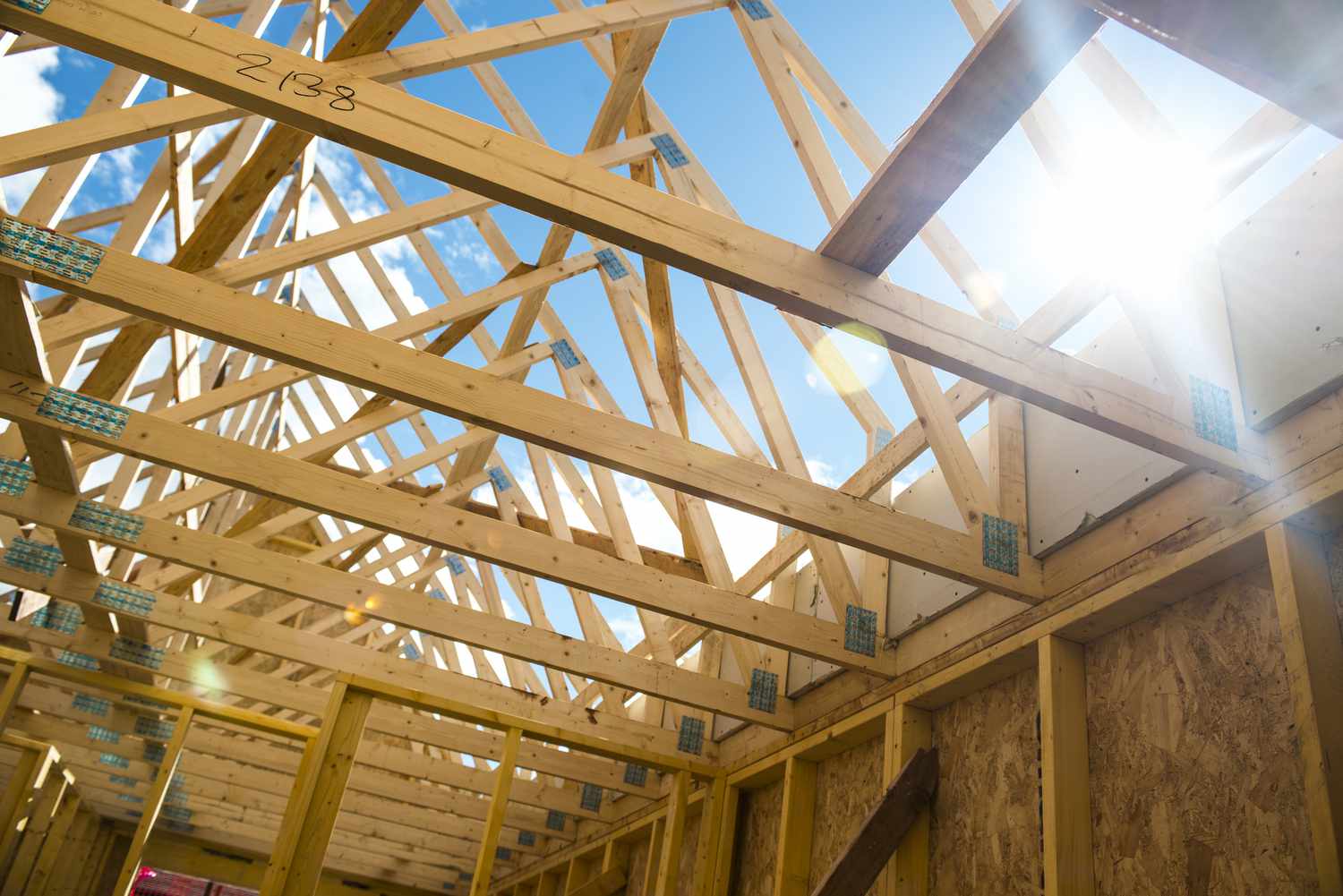
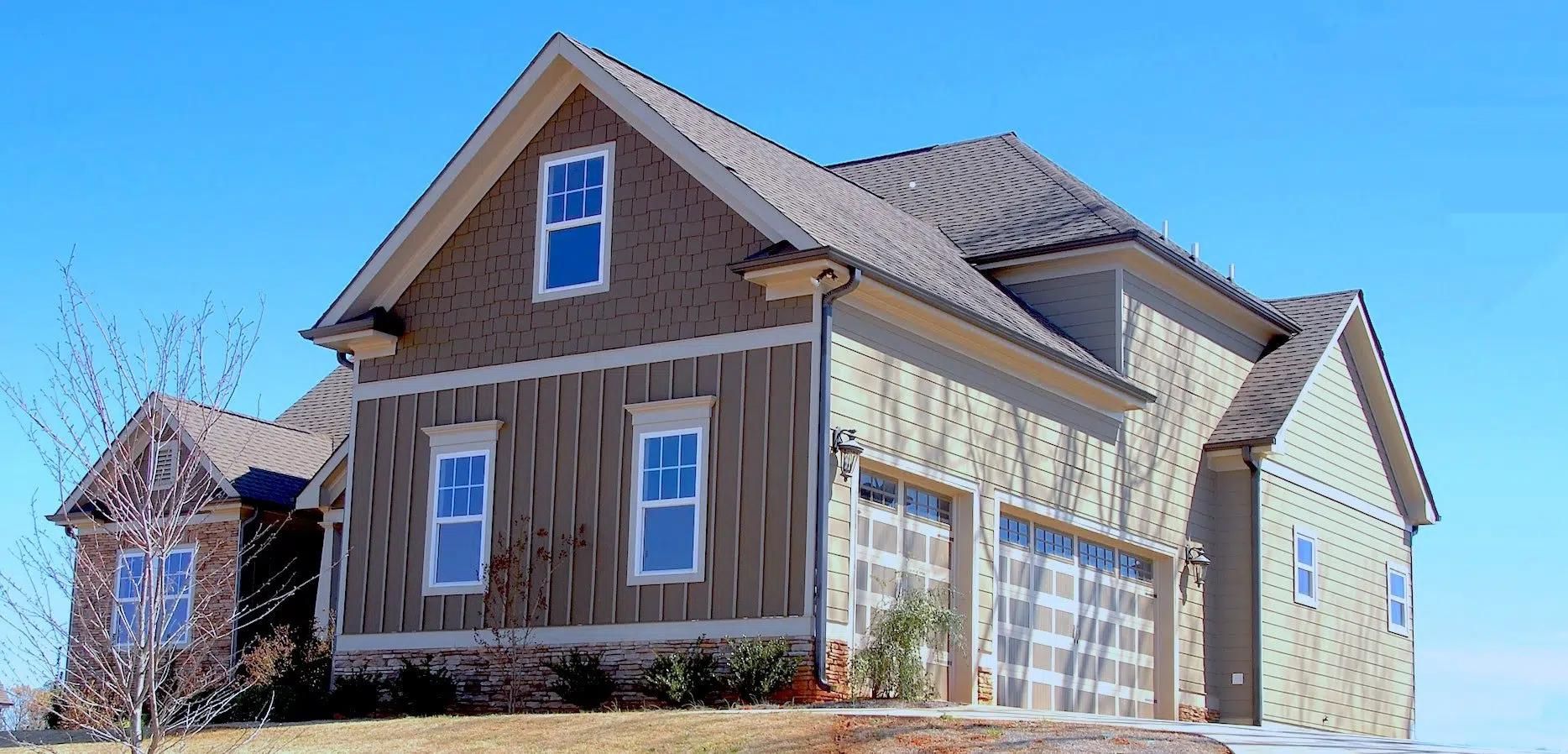
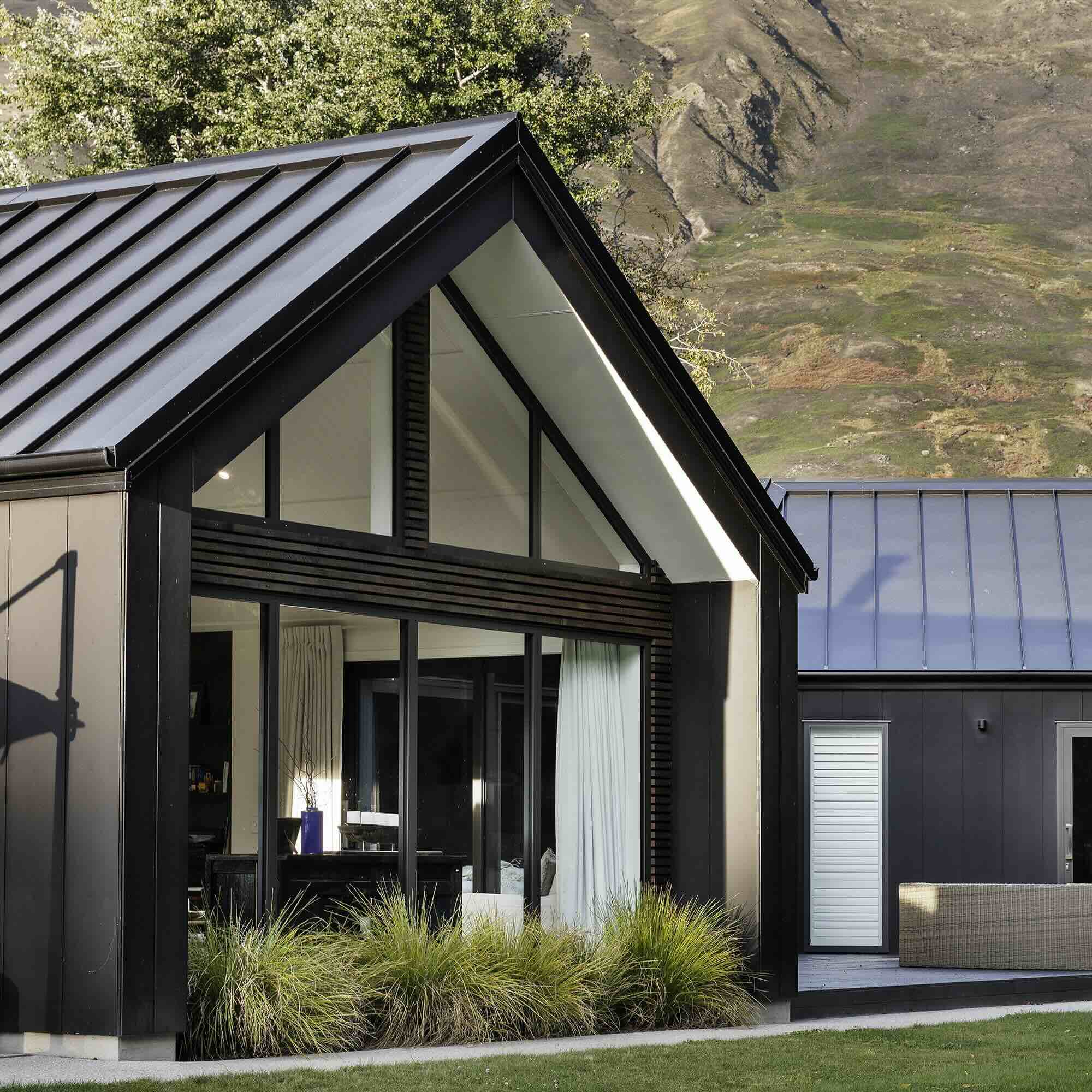
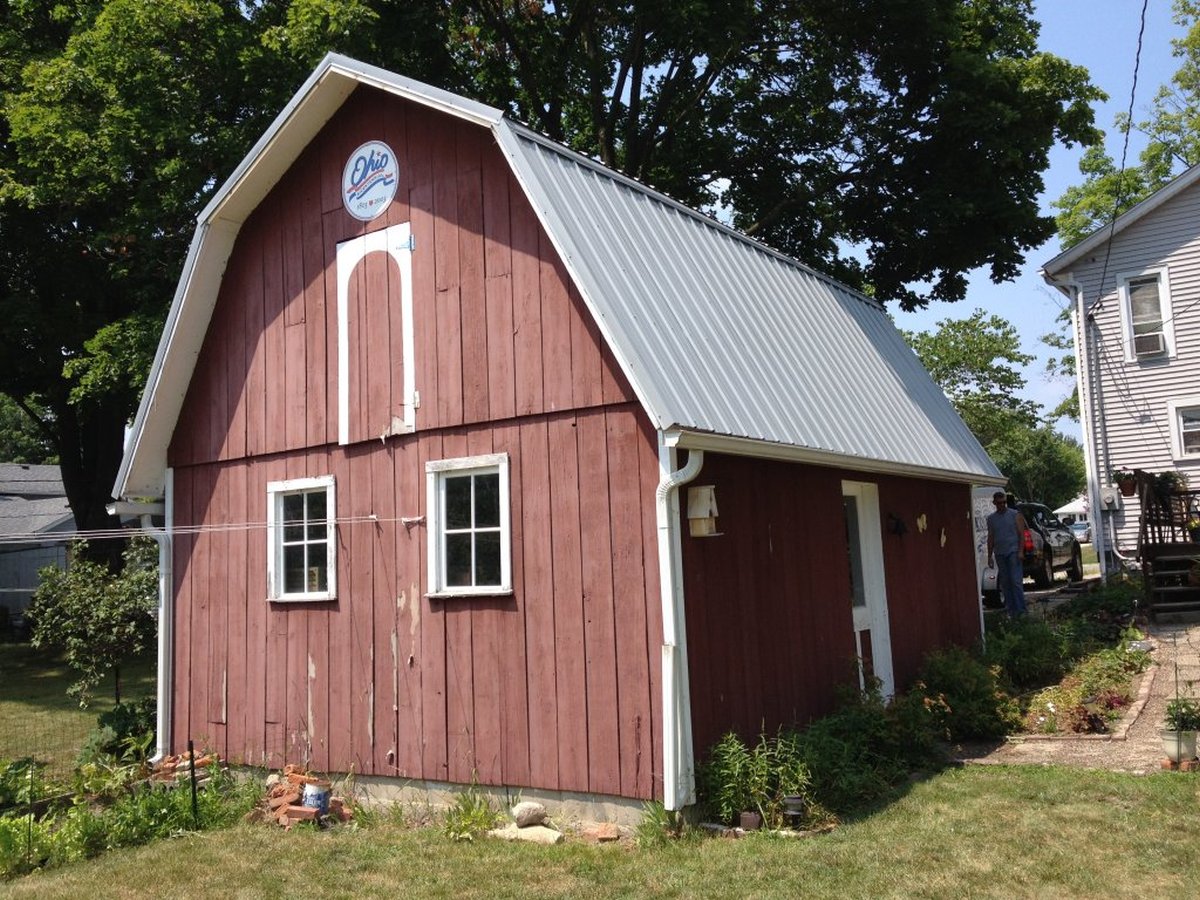
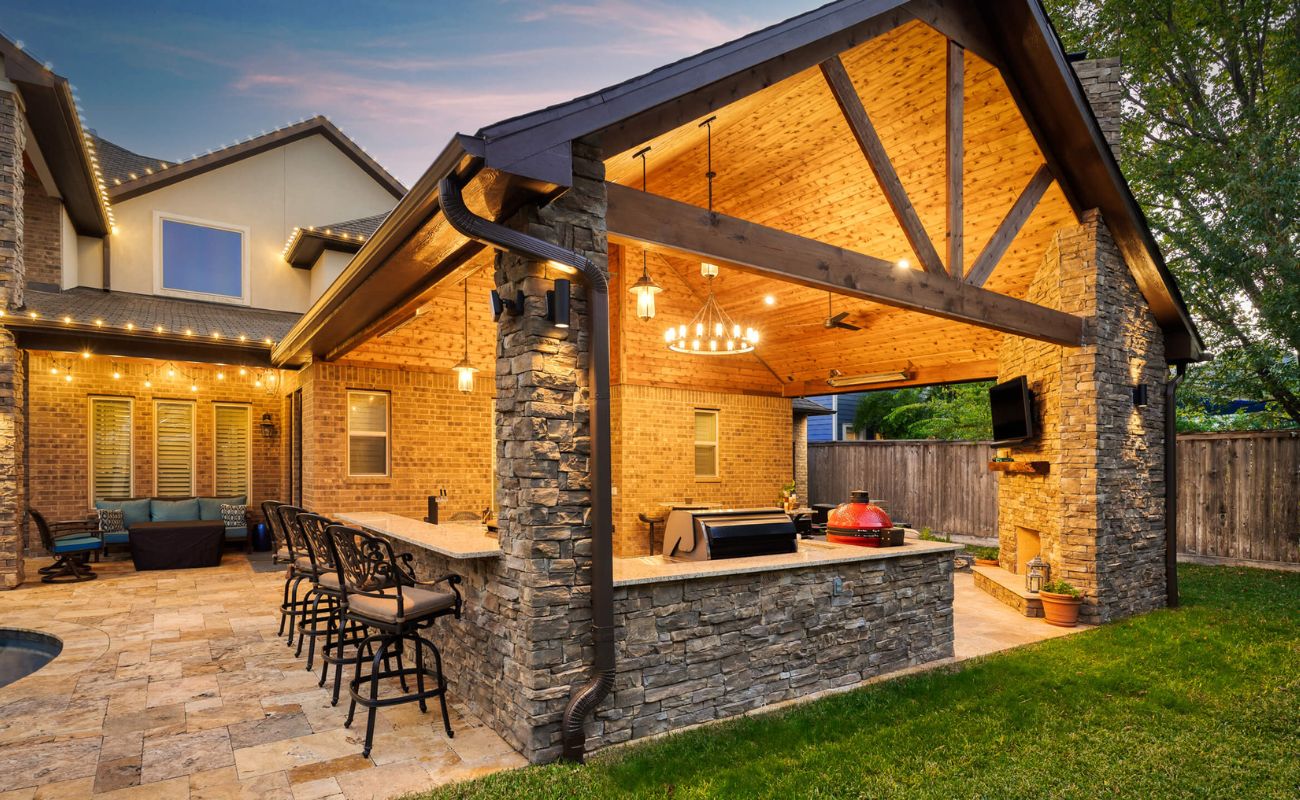
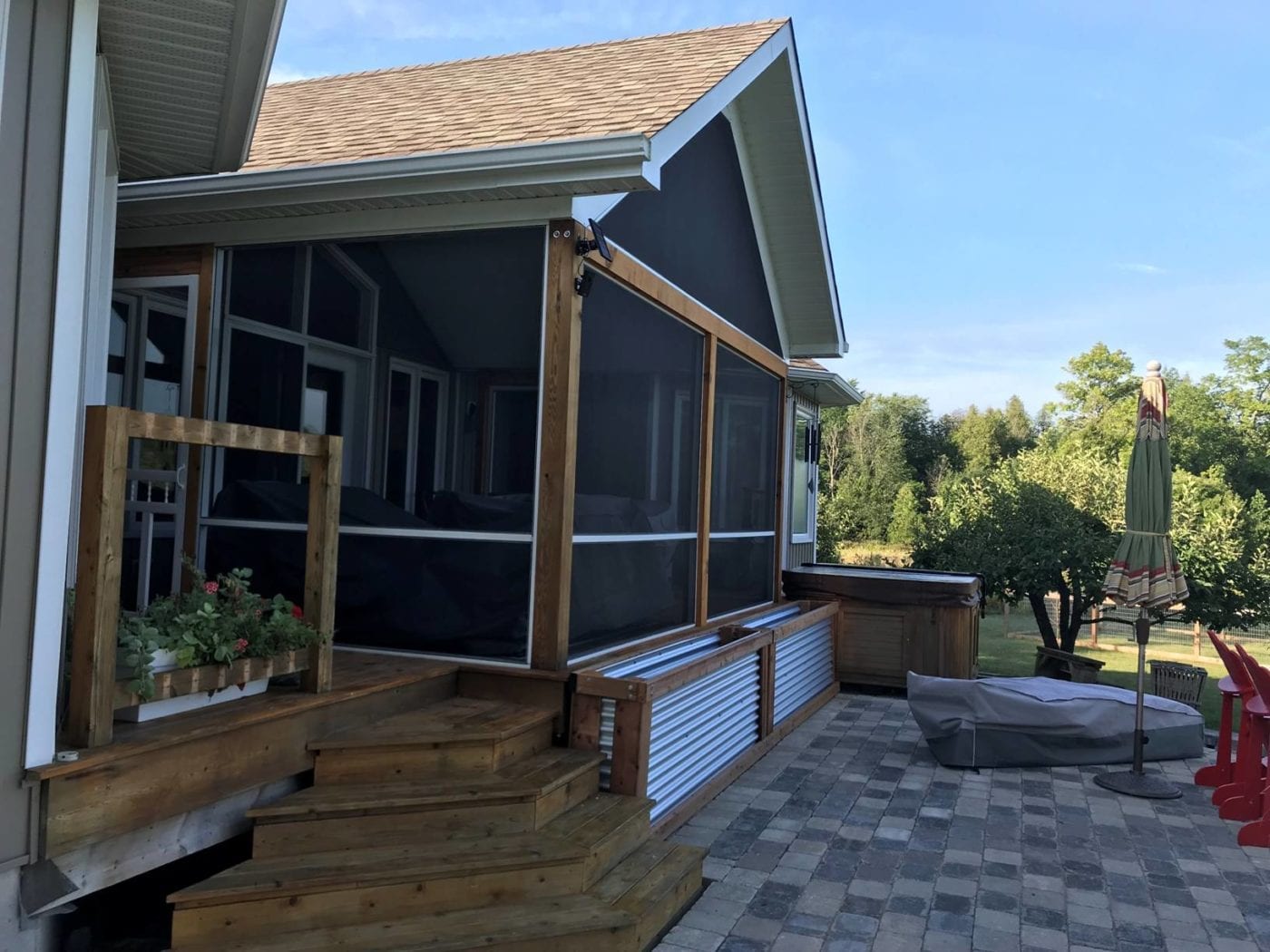

0 thoughts on “How To Build A Green Roof”